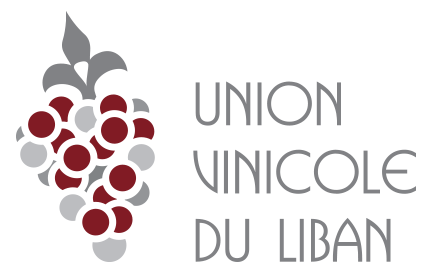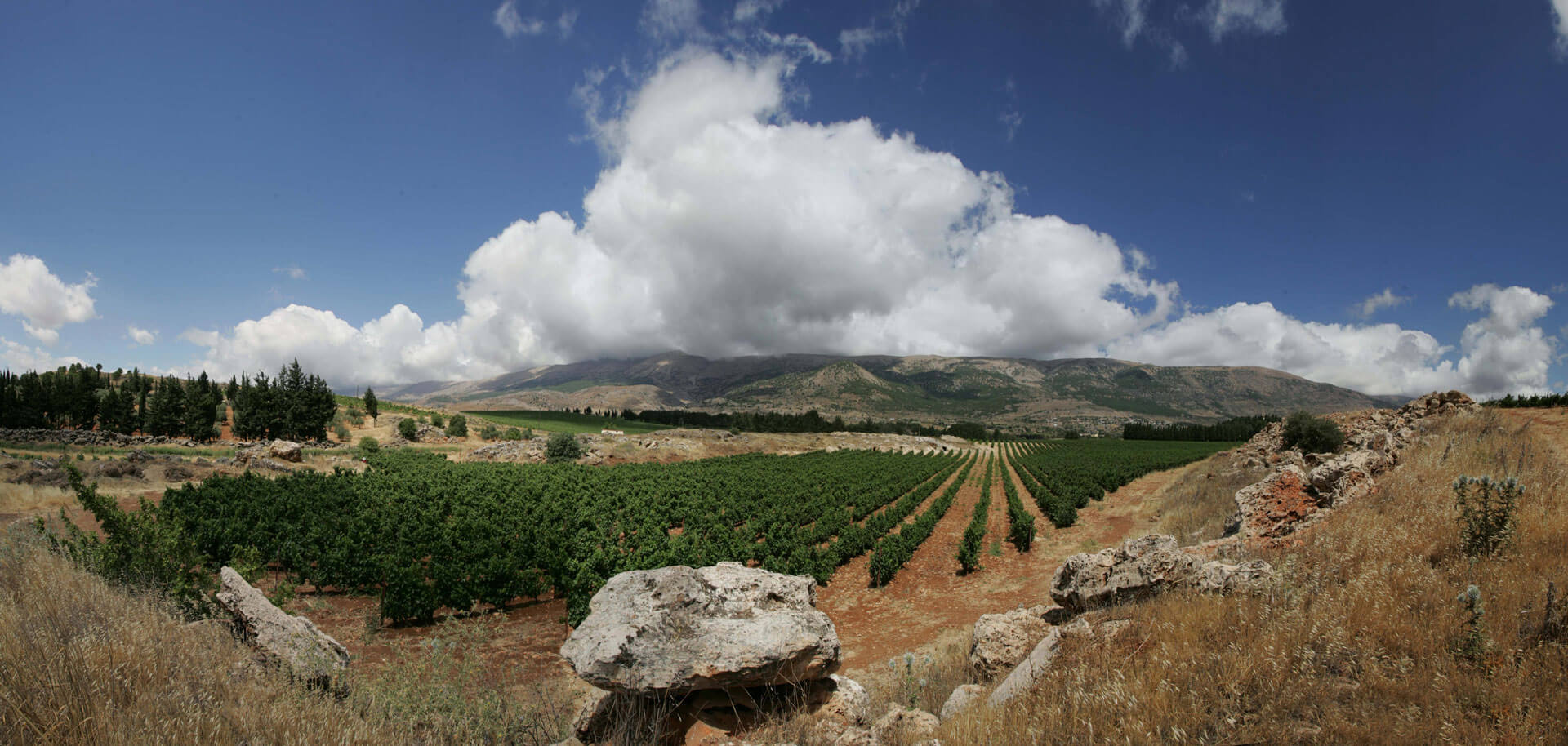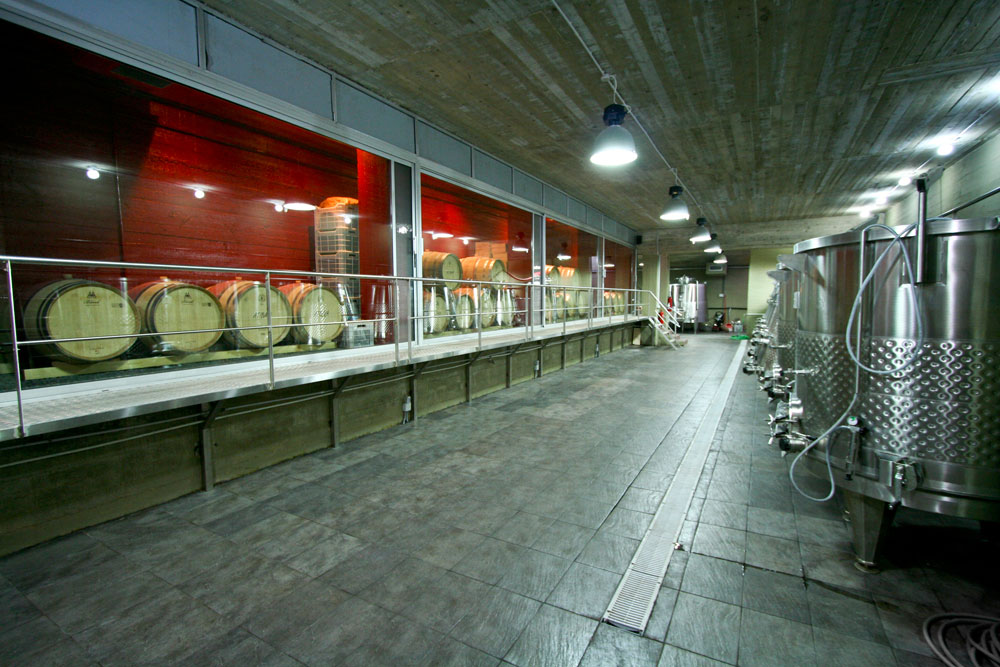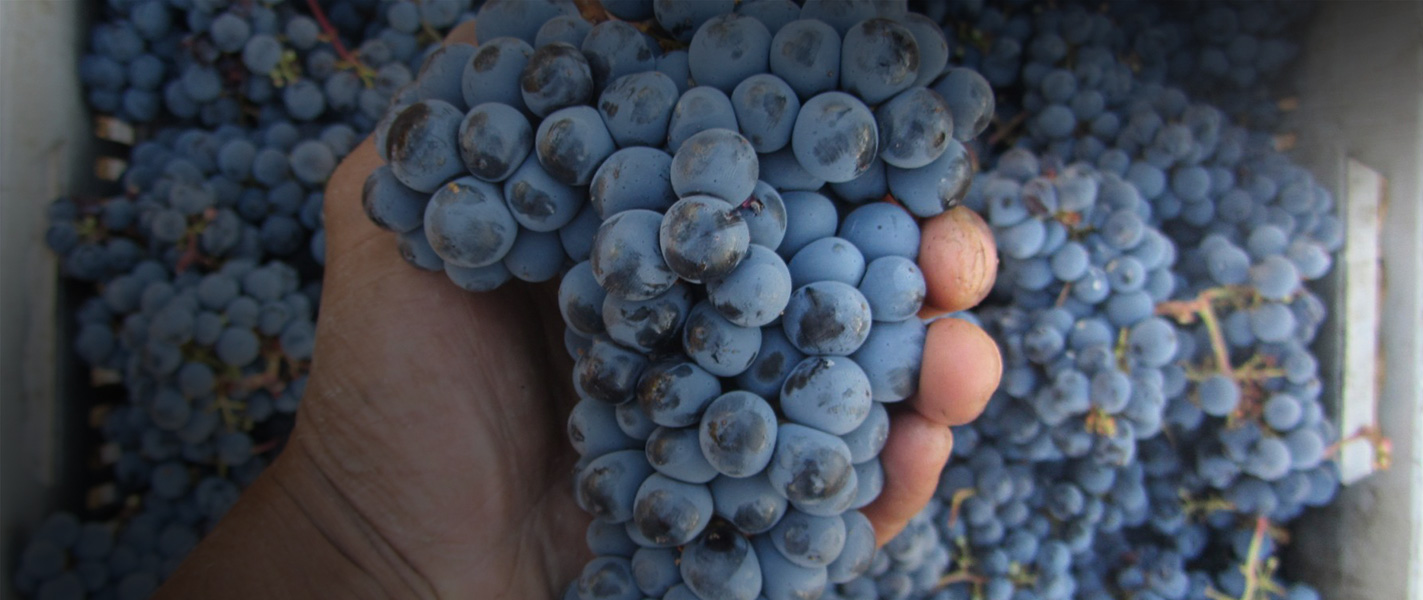TERROIR
TERROIR
At an altitude of around 1,000 m/3,280 ft, the Bekaa Valley enjoys dry summers, cool nights and consistent rainfall.
The Bekaa has its own natural water table, courtesy of the melting snow running off the slopes of the Lebanon and Anti-Lebanon mountain ranges – so that some grapes rarely ripen before mid, and even late, September.
LEBANON
LEBANON
Lebanon lies at the eastern extremity of the Mediterranean. It has a population of 4 million people and bordered by Syria to the north and east and Palestine to the south.
It is a crucible of the three great monotheist religions – Christianity, Islam and Judaism – and is home to sixteen state-recognized faiths, including Judaism.
WINEMAKING
WINEMAKING
Lebanon produces 8 million bottles (8000 tons) annually.
At least dozen new cultivars were been introduced to the country in the early-mid-90s.
UVL was founded in 1997
UVL was founded in 1997
The objective of the UVL is to consolidate and build on Lebanon’s image as a wine producing country by highlighting its proud history and promoting its potential. The UVL gives a voice to Lebanon’s wine producers, brings them together in one harmonized entity and defends their interests. It has developed legitimacy for Lebanon’s export ambitions within the EU and other international markets, such as the US and Canada.
WINE HERITAGE
WINE HERITAGE
Lebanon is one of the oldest sites of wine production, falling as it does within in a rough triangle, taking in the Caucuses to the north, Mesopotamia (modern Iraq) to the east and Southern Palestine to the west, a zone generally acknowledged to be the area in which the earliest wines were made.
7000 BC: Modern scholarship is cautiously confident that early Lebanese create a vine and wine culture.



